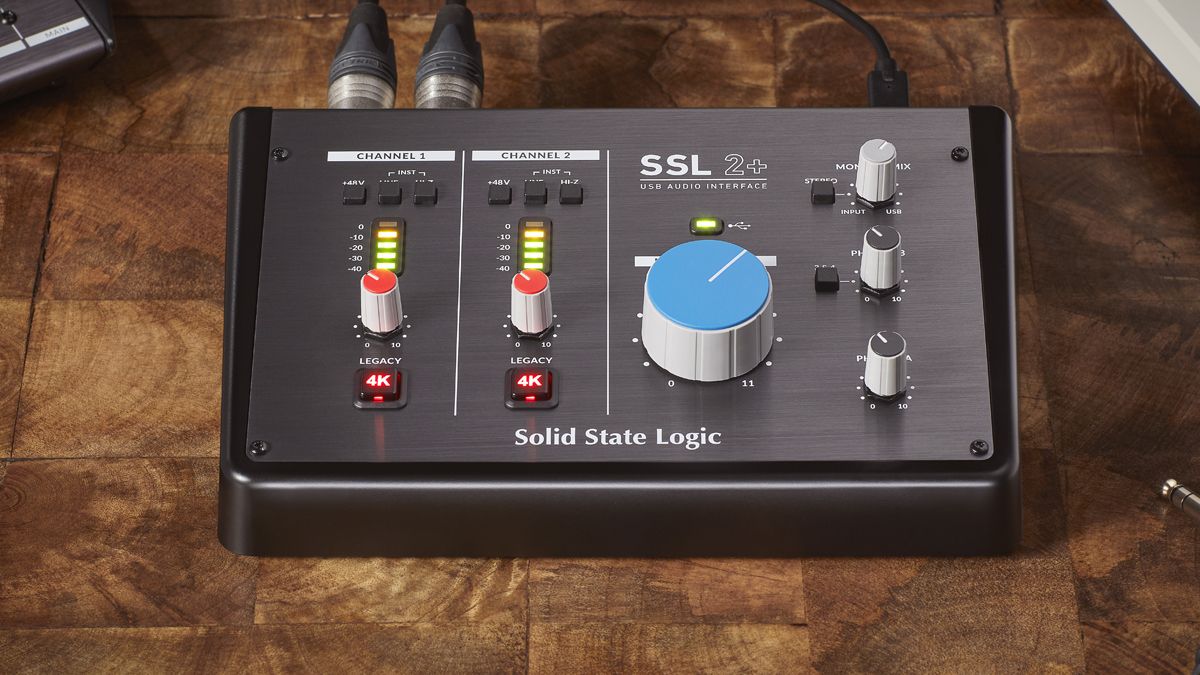

That’s where virtual audio devices come in handy. With Audio Hijack 3, you can route and combine audio inputs, but you can’t route Audio Hijack’s output into other software.
#MAC CONVER COMPUTER SOUND INTO MIC OUTPUT FOR AN APP SOFTWARE#
It works well with soundboards, like the eponymous Soundboard from Ambrosia Software ($50), which let you create an array of pre-recorded sounds or snippets you can drop into an audio stream (think drive-time AM radio).įast-forward to 2015 and Audio Hijack 3’s release, which was an elegantly simplified version of AHP that hid the guts well, but still had layers to dive into for more complicated features. You might want to record multiple mic inputs, or mix sound playback (like background music or other audio) into whatever you’re sending into a recording or out to speakers at a live event where the Mac is the mixer. Loopback devices appear in the Sound system preference pane just like other audio sources. OS X treats each virtual device exactly as if it were a legitimate physical or app source.

These can be the output of an app, an audio input device attached to the computer, or even another virtual device. Loopback lets you create any number of virtual devices, each of which has a unique set of audio sources. Loopback’s idea is simple, as is its interface: Any time you have an option for a single audio input (for example, Skype’s Audio/Video preferences or GarageBand’s live-recording option), you can use a Loopback virtual audio device instead.


 0 kommentar(er)
0 kommentar(er)
